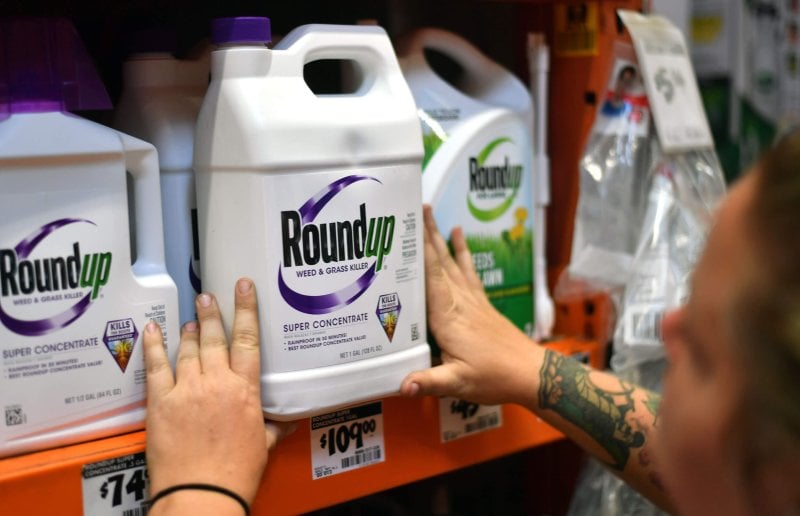How did we get here? The timeline below includes some of the more significant events, starting with Monsanto’s founding.
Roundup History Timeline
1901: The Monsanto Chemical Works company was founded.
1970: Monsanto scientist John Franz discovered glyphosate could be used as an herbicide and patented the discovery.
1974: Monsanto brought glyphosate to market under the trade name Roundup.
1985: The Environmental Protection Agency classified glyphosate as a Group C Carcinogen, meaning it has “suggestive evidence of carcinogenic potential.”
1991: EPA changed carcinogenic classification to Group E, meaning “evidence of non-carcinogenicity for humans.”
1996: Asgrow introduced Roundup Ready soybeans to the market, which have been genetically modified to resist the effects of Roundup.
…
2000: Monsanto’s glyphosate went off patent in 2000. Several product variants entered the market.
…
Jan. 28, 2016: San Francisco groundskeeper Dewayne “Lee” Johnson filed a lawsuit in California state court against Monsanto alleging his exposure to Monsanto’s Roundup weed killer and its active ingredient, glyphosate, caused him to develop Non-Hodgkin lymphoma, with which Johnson was first diagnosed in August 2014.
Sept. 14, 2016: Bayer and Monsanto announce a definitive merger agreement under which Bayer will acquire Monsanto.
June 2, 2017: Alva and Alberta Pilliod sue Monsanto over Roundup in Alameda County Superior Court stating it caused both of their non-Hodgkin lymphomas. Alberta Pilliod was diagnosed with Non-Hodgkin lymphoma brain cancer in 2015 and Alva Pilliod was diagnosed in 2011.
June 7, 2018: Bayer completed the acquisition of Monsanto for $63 billion.
…
May 13, 2019: Jury sides with Pilliods and orders Monsanto to pay slightly over $2 billion ($1 billion to each) in punitive and a combined $55 million in compensatory damages.
…
June 24, 2020: Bayer announced a settlement between $8.8 billion and $9.6 billion to address close to 100,000 existing claims that exposure to Roundup caused their Non-Hodgkin lymphoma. Another $1.25 billion was set aside to address claims by potential future plaintiffs, which would have included a maximum of $150 million in attorney fees.
May 26, 2021: Chhabria rejects Monsanto/Bayer’s proposal to deal with future cases.
July 29, 2021: Bayer announces it will remove glyphosate from the U.S. residential lawn and garden marketplace, effective January 2023.































